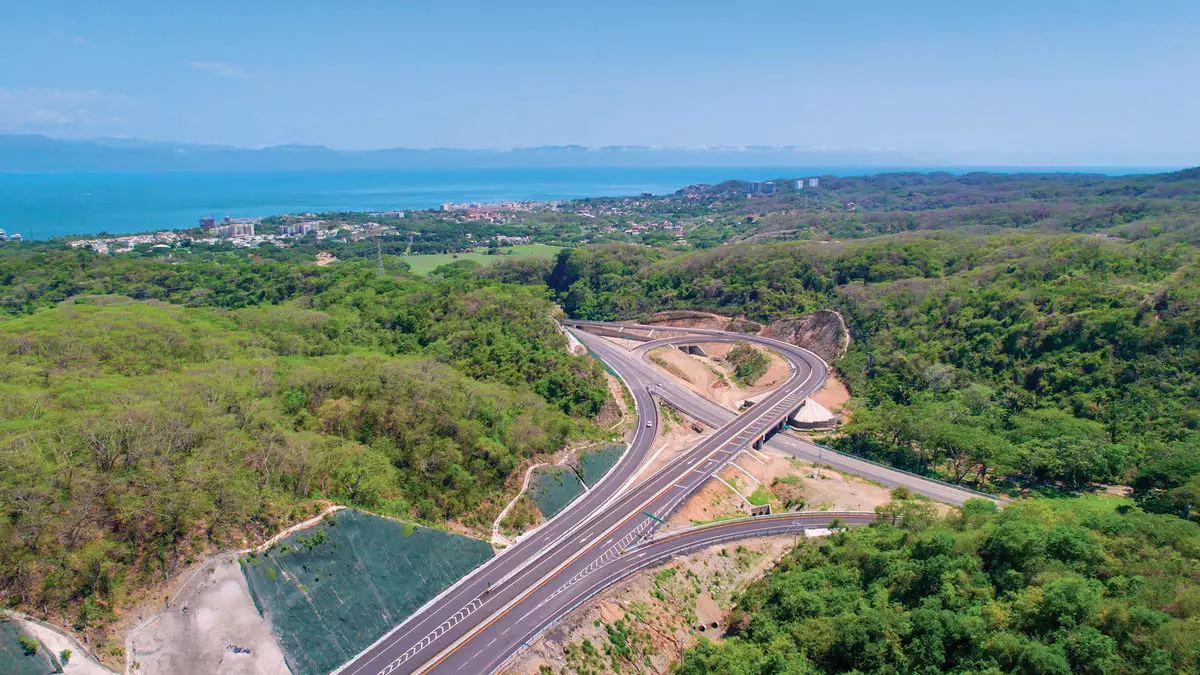In recent years, Mexico has seen a significant increase in tourism, leading to a redistribution of tourism dollars across the country. While this growth is exciting for many, there are concerns about overdevelopment and environmental degradation. Tulum, once a pristine beach paradise, is one example of a destination that has suffered from overdevelopment. Housing built on mangroves has weakened natural barriers against hurricanes and flooding, while pollution has plagued popular beaches like Sayulita.
The rapid growth of tourism in Mexico has had mixed results, with some destinations struggling to keep up with the demands of visitors. Local tour operators like Heriberto Sanchez have noted an increase in disrespectful tourist behavior, such as littering and defecating on beaches. This “we can do what we want” attitude has led to tensions between locals and tourists in places like Puerto Escondido. Fortunately, there have been instances where communities have successfully resisted unsustainable development, like with the Punta Colorada surf spot in Puerto Escondido.
In an effort to manage tourism growth sustainably, some destinations in Mexico have implemented strict environmental regulations. Bacalar, for example, limits the number of hotel rooms per square foot and prohibits large buildings along its famous lagoon shoreline. The fragile ecosystem of these areas requires careful planning and development to maintain their natural beauty. However, environmental activists remain concerned about projects like the Tren Maya, which could have a negative impact on the region’s biodiversity and local communities.
Despite the challenges posed by tourism growth, communities have shown resilience in fighting back against unsustainable development. Organizations like Journey Mexico are taking steps to promote responsible travel behavior by implementing initiatives like the Responsible Travel Fee. This fee goes towards supporting various regions in Mexico and working with local communities to ensure sustainable growth. While the responsibility for sustainable tourism lies with government, developers, and tourists, the collective effort is crucial in preserving Mexico’s natural beauty for future generations.
By striking a balance between tourism growth and environmental conservation, Mexico can continue to attract visitors while protecting its unique ecosystems and cultural heritage. Sustainable development practices, community engagement, and responsible travel behavior are essential components in ensuring that Mexico remains a destination that can be enjoyed by all.


Leave a Reply